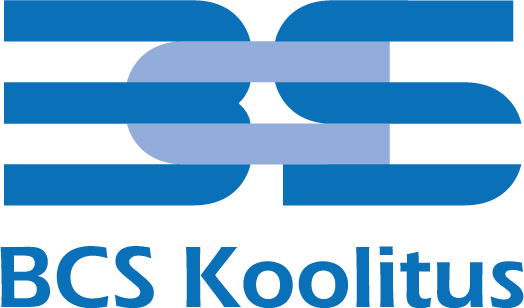
Real-life Kubernetes
This course focuses on the most commonly used Kubernetes features as well as provides practical tutorials and real-life examples of deploying distributed applications, managing networking primitives (load balancers, proxies), setting up persistent data storage, dynamic configuration management, and many other exciting features built into the core of Kubernetes.
This course is suited for Developers, Software Architects, Technical Project Managers, System Administrators.
Coverage:
- Module 1:introduction
- Architecture overview: master node, worker nodes, etcd, kubelet, controllers
- Anatomy of a pod: the main container, init containers, sidecars, labels, probes
- Basic commands and debugging tricks
- Module 2: deployments and services
- Anatomy of a deployment: types of deployments, replica set, replica count
Introduction to Kubernetes networking - Anatomy of a service: traffic routing, labels, port mapping
- Service types: node port, cluster IP, load balancer
- Anatomy of kubeproxy
- Introduction to service meshes
- Anatomy of a deployment: types of deployments, replica set, replica count
- Module 3: storage
- Persistent volumes: volumes types, volume resizing, volume snapshots
- Persistent volumes: volumes types, volume resizing, volume snapshots
- Job and Cron-jobs
- Module 4: configuration management
- Configuration management: config maps, reloadable configurations
- Deployment time configuration injection with Kustomize
- Secrets management and integration with service discovery service (Consul and Vault)
- Introduction into Kubernetes admission webhooks and cluster events
- Module 5: resource control and scheduling
- Resource management: resource requests and limits
- Anatomy of a node pool
- Taints and tolerations, scheduling internals
- Dive into built-in resource monitoring and metrics
- Auto-scaling policies and range limiters
- Module 6: security
- Cluster security with RBAC, service accounts, cluster roles, namespace security
- Integrating with external security providers
- Pod security and network policies
- Module 7: advanced operations
- Day-1 vs. Day-2 operations
- Introduction to Helm charts
- Introduction to Operator pattern
- Custom resource definitions
 Trainer:
Trainer:
Andrey Adamovich
He is a software craftsman with many years of experience in different life cycle phases of software creation. He is passionate about defining good development practices, as well as extreme automation of development and operations activities.
Koolitusfirma tutvustus
BCS Koolitus on Eesti juhtiv IKT valdkonna koolitus-, projektijuhtimis- ja konsultatsiooniettevõte. Loen koolitusfirma kohta veel...